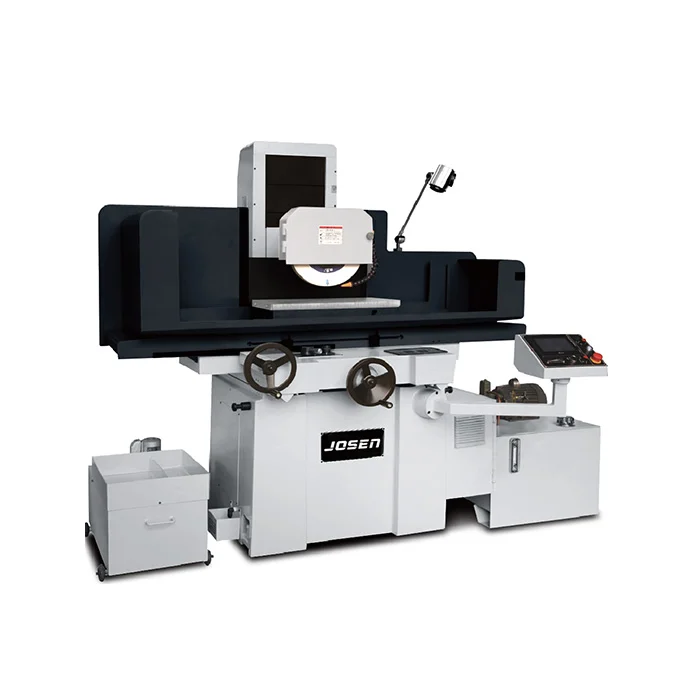When it comes to selecting the best sunglasses, the decision goes beyond mere aesthetics. Sunglasses are not just a fashion accessory; they serve a critical function in protecting your eyes from harmful UV rays, enhancing visual clarity, and providing comfort in bright conditions. This guide will delve into the multifaceted aspects of choosing the right pair of sunglasses, ensuring that you make an informed decision that balances style, functionality, and comfort.
Understanding UV Protection
The primary purpose of sunglasses is to shield your eyes from ultraviolet (UV) radiation. Prolonged exposure to UV rays can lead to serious eye conditions, including cataracts, macular degeneration, and even skin cancer around the eyes. When selecting sunglasses, look for the following:
- UV Protection Rating: Ensure that the sunglasses offer 100% UV protection. This is often indicated by a label stating UV400, which means they block all light rays with wavelengths up to 400 nanometers.
- Polarization: Polarized lenses reduce glare from reflective surfaces such as water, snow, and roads. This feature is particularly beneficial for outdoor activities like fishing, skiing, or driving. However, polarization does not inherently provide UV protection, so ensure both features are present.
Lens Types and Materials
The type of lens you choose can significantly affect your visual experience and comfort. Here are some common lens materials and their benefits:
- Polycarbonate Lenses: These are lightweight and impact-resistant, making them ideal for sports and outdoor activities. They also provide excellent UV protection.
- Glass Lenses: While heavier, glass lenses offer superior optical clarity and scratch resistance. They are less likely to warp over time but can shatter upon impact.
- CR-39 Lenses: A popular choice for everyday wear, CR-39 lenses are made from a plastic polymer that is lightweight and offers good optical quality. They are less impact-resistant than polycarbonate but are often more affordable.
Choosing the Right Frame
The frame of your sunglasses is just as important as the lenses. Here are some factors to consider:
- Fit and Comfort: Sunglasses should fit snugly without pinching or sliding down your nose. Look for adjustable nose pads and temple arms that can accommodate different head shapes.
- Frame Material: Common materials include plastic, metal, and nylon. Plastic frames are lightweight and come in various colors and styles, while metal frames offer a more sophisticated look. Nylon frames are durable and flexible, making them suitable for active lifestyles.
- Style and Shape: The shape of the sunglasses should complement your face shape. For example:
- Round Faces: Rectangular or square frames can add definition.
- Square Faces: Round or oval frames can soften angular features.
- Heart-Shaped Faces: Aviators or cat-eye frames can balance wider foreheads.
Lens Color and Tint
The color of the lenses can affect your perception of colors and contrast. Here’s a breakdown of common lens tints:
- Gray: Reduces overall brightness while preserving true color perception, making it a versatile choice for various conditions.
- Brown/Amber: Enhances contrast and depth perception, ideal for variable light conditions, especially in outdoor sports.
- Yellow/Gold: Improves visibility in low-light conditions, making them suitable for overcast days or early morning activities.
- Green: Offers good contrast and reduces glare, making them a popular choice for golfers and outdoor enthusiasts.
Additional Features to Consider
- Photochromic Lenses: These lenses automatically adjust their tint based on light exposure, providing convenience for those who transition between indoor and outdoor environments.
- Anti-Reflective Coating: This coating reduces glare from light reflecting off the back of the lenses, enhancing visual comfort, especially while driving.
- Scratch Resistance: Look for sunglasses with scratch-resistant coatings to maintain clarity and durability over time.
Conclusion
Choosing the best sunglasses requires careful consideration of various factors, including UV protection, lens types, frame styles, and additional features. By understanding these elements, you can select a pair that not only enhances your style but also provides the necessary protection and comfort for your eyes. Remember, investing in high-quality sunglasses is an investment in your eye health and overall well-being. So, take your time, do your research, and enjoy the sun safely!

